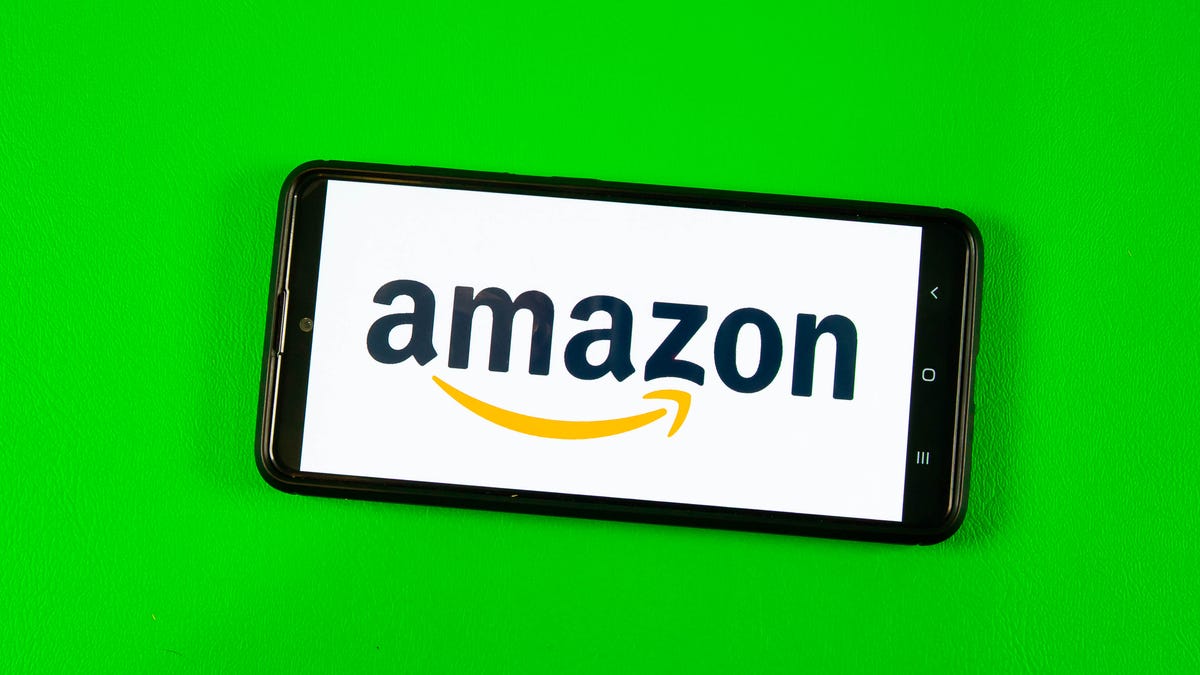Amazon's Holiday Shopping Outlook Delivers More Gloom Than Cheer
Sales are growing again, but Amazon isn't sure it can keep you shopping through the holidays as much it hoped.

Amazon sales bounced back this summer even though overall e-commerce spending has flattened since pandemic peaks.
Amazon saw its sales spring back over the summer, the company reported Thursday, after struggling with flagging growth and lower profits in the past year. But the company predicted a rough upcoming holiday season, forecasting underwhelming sales growth and the possibility of zero profit.
Chief Financial Officer Brian Olsavsky told reporters Thursday that Amazon is still optimistic about holiday shopping but wants to be cautious in its predictions. Amazon has a higher rate of items in stock and the delivery speeds are faster than during heightened pandemic demand, he said. That means that you're less likely to face out-of-stock products and more likely to get your purchases when you expect them.
But the embattled economy is likely to hit sales, he said. "We are prepared for what could be a slower growth period," Olsavsky said, "like most companies."
Amazon is the latest in a parade of Silicon Valley giants to report weakness. Earlier this week, Google parent Alphabet reported slumping business, with advertising powerhouse YouTube experiencing its first decline in revenue since the company started disclosing figures for it. Facebook parent Meta reported its second-straight decline in revenue, as well as profit nearly half what it was a year earlier. Combined with worrying reports from the likes of Microsoft and Snap, the latest financial snapshots from companies like Amazon are painting a sobering picture of the economy.
Shares of Amazon sank in early trading Friday, recently down 10% at $99.61. Besides the gloomy outlook, the company's profits from online shopping faltered because of growing expenses in North America and a sales drop internationally.
Over this year, Amazon has been creating "a lot of motion -- but without progress," Needham analyst Laura Martin said in a note Friday. "Either a company offers a superior service, and should charge premium prices to prove that to itself and others, or their products are inferior, and they use low price as their competitive advantage." Amazon is trying to do both, and it isn't working yet, she said.
In the third quarter, which included Amazon's Prime Day sale in July, net sales rose 15% to $127.1 billion, just missing the $127.5 billion average analyst estimate from a survey by Refinitiv. The company posted a profit of 28 cents per share, beating Wall Street's expectation of 22 cents per share.
But Amazon predicted that in the final quarter of the year, which includes the all-important holiday shopping season, its sales would rise to between $140 billion and $148 billion -- far below Wall Street's expectation of a stronger rebound to $155.15 billion in sales. And the company said its operating income in the fourth quarter could range from breakeven to a $4 billion profit, also below expectations.
In Amazon's third-quarter report, its balance sheet was affected by its stake in electric-vehicle maker Rivian, which added $1.1 billion to the company's profits. Operating income, which measures profit without including Amazon's investment in Rivian, nearly halved to $2.5 billion from $4.9 billion in the summer months of 2021.
Financial analysts had predicted that Amazon's decision to hold Prime Day in July would help it increase sales compared with the same quarter last year. In 2021, Prime Day took place in June. Amazon has increasingly relied on its discount bonanza to boost sales and had a second markdown event in October just after announcing a new slate of its smart home products.
The company is weathering lower spending by shoppers at a time when its logistics operations have become more costly. Amazon built out its warehousing and air hub capacity to respond to early-pandemic levels of demand, but has been stuck operating this infrastructure when sales fell.

